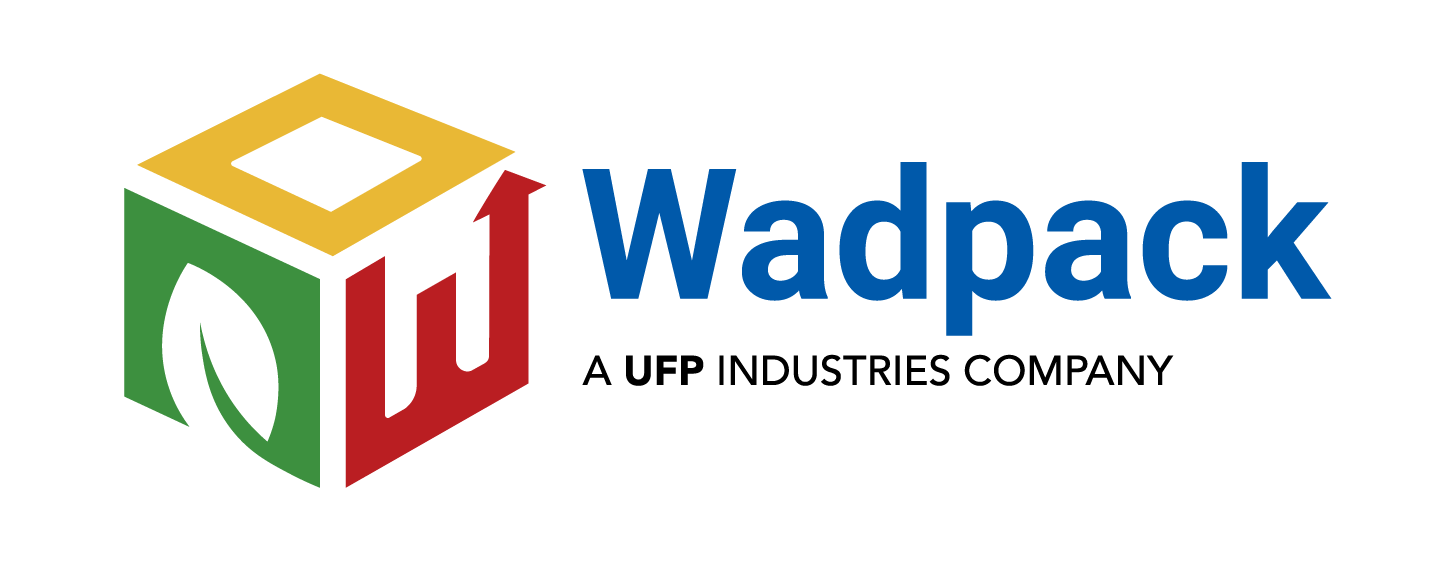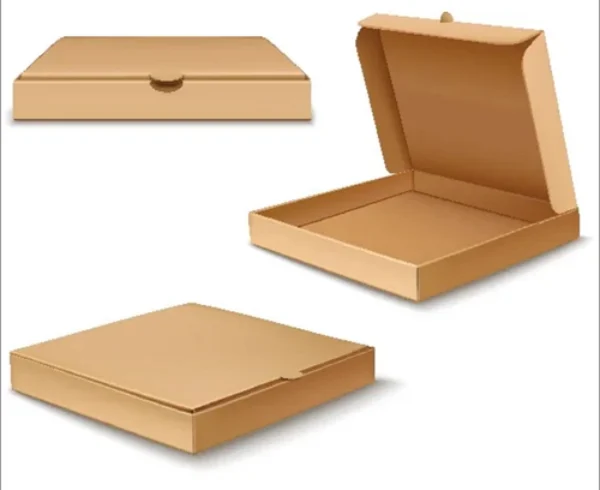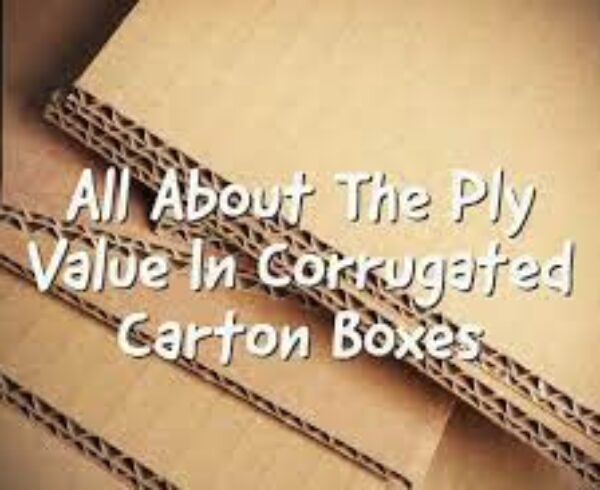Are there any environmental benefits to using a 5-ply corrugated box?
Using a 5-ply corrugated box can indeed offer several environmental benefits. Corrugated boxes are widely used in packaging and shipping due to their strength, durability, and versatility. The term “5-ply” refers to the number of layers of paperboard used in the construction of the box. Let’s explore the environmental advantages of using a 5-ply corrugated box in detail.
- Renewable and Recyclable Material: One of the primary environmental benefits of corrugated boxes, including 5-ply boxes, is that they are made from a renewable resource—paper. Paper is derived from trees, which can be responsibly managed through sustainable forestry practices. Additionally, corrugated boxes are highly recyclable. The paper fibers used in their construction can be recycled multiple times, reducing the demand for virgin materials and the associated environmental impact.
- Energy and Resource Efficiency: Compared to other packaging materials like plastic or metal, the production process for corrugated boxes is relatively energy-efficient. Manufacturing a 5-ply corrugated box requires less energy and fewer resources compared to alternative packaging options. The lightweight nature of the boxes also reduces the overall weight of shipments, leading to energy savings during transportation.
- Carbon Footprint Reduction: By choosing a 5-ply corrugated box, businesses can contribute to lowering their carbon footprint. The production of corrugated boxes generates fewer greenhouse gas emissions compared to alternative packaging materials. The carbon emissions associated with manufacturing and recycling corrugated boxes are generally lower than those of plastic or metal packaging. Additionally, the recyclability of corrugated boxes ensures that carbon-intensive processes, such as waste incineration or landfill decomposition, are minimized.
- Efficient Use of Space: The design of corrugated boxes allows for efficient use of space during transportation and storage. Corrugated boxes can be easily stacked and nested, optimizing the use of storage facilities and minimizing the need for additional storage space. When it comes to shipping, the ability to stack boxes maximizes the utilization of cargo space, reducing the number of shipments required and consequently lowering fuel consumption and emissions.
- Protective Packaging: Corrugated boxes, including 5-ply boxes, offer excellent protective properties for the packaged goods. The combination of the multiple layers of paperboard and the fluted inner layer provides cushioning and shock absorption, safeguarding the products during transit. This protective feature helps reduce the likelihood of product damage and minimizes the need for additional packaging materials, such as bubble wrap or foam peanuts, which can be detrimental to the environment.
- Biodegradability: Corrugated boxes are biodegradable, meaning they can naturally break down over time without causing harm to the environment. When disposed of in appropriate composting facilities, corrugated boxes can decompose and return to the soil as organic matter. This characteristic is particularly relevant in comparison to non-biodegradable packaging materials like plastic, which can persist in the environment for hundreds of years.
- Support for Circular Economy: The use of 5-ply corrugated boxes aligns with the principles of a circular economy. Corrugated boxes are readily recycled, and the recycled paper fibers can be used to manufacture new boxes or other paper-based products. This closed-loop system reduces waste generation, conserves resources, and promotes sustainable material usage.
- Reduced Landfill Waste: Choosing 5-ply corrugated boxes over non-recyclable or non-biodegradable alternatives helps reduce the amount of waste sent to landfills. As mentioned earlier, corrugated boxes are highly recyclable, and their recyclability rates are generally higher than many other packaging materials. By diverting corrugated boxes from landfills and promoting recycling, businesses can contribute to waste reduction efforts.





Leave a Comment